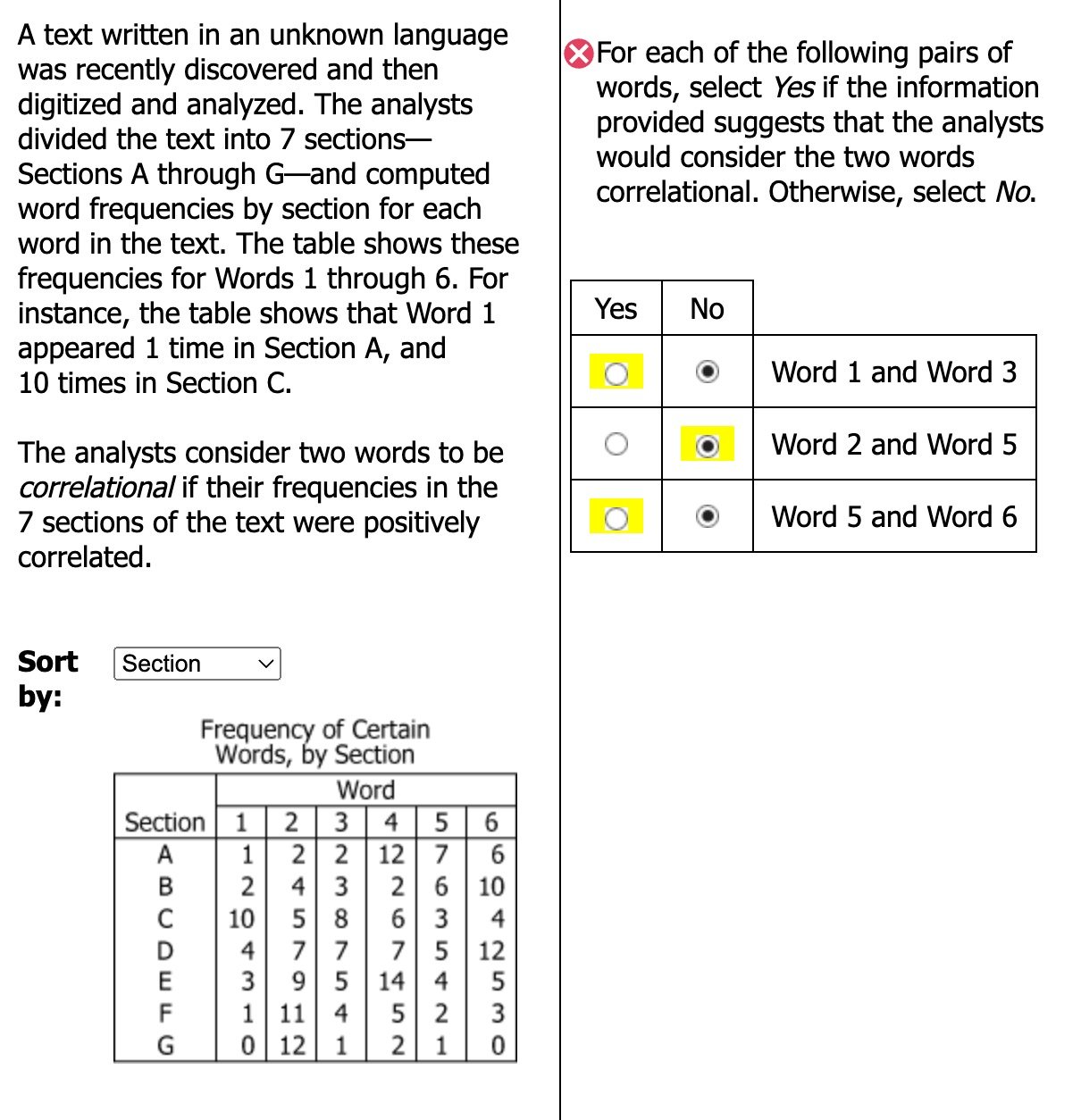Events & Promotions
|
|

GMAT Club Daily Prep
Thank you for using the timer - this advanced tool can estimate your performance and suggest more practice questions. We have subscribed you to Daily Prep Questions via email.
Customized
for You
Track
Your Progress
Practice
Pays
Not interested in getting valuable practice questions and articles delivered to your email? No problem, unsubscribe here.
- Nov 20
07:30 AM PST
-08:30 AM PST
Learn what truly sets the UC Riverside MBA apart and how it helps in your professional growth - Nov 22
11:00 AM IST
-01:00 PM IST
Do RC/MSR passages scare you? e-GMAT is conducting a masterclass to help you learn – Learn effective reading strategies Tackle difficult RC & MSR with confidence Excel in timed test environment - Nov 23
11:00 AM IST
-01:00 PM IST
Attend this free GMAT Algebra Webinar and learn how to master the most challenging Inequalities and Absolute Value problems with ease. - Nov 25
10:00 AM EST
-11:00 AM EST
Prefer video-based learning? The Target Test Prep OnDemand course is a one-of-a-kind video masterclass featuring 400 hours of lecture-style teaching by Scott Woodbury-Stewart, founder of Target Test Prep and one of the most accomplished GMAT instructors.
Kudos
Bookmarks
Word 1 and Word 3: Yes
Word 2 and Word 5: No
Word 5 and Word 6: Yes
Be sure to select an answer first to save it in the Error Log before revealing the correct answer (OA)!
Difficulty:
 75%
(hard)
75%
(hard)
Question Stats:
55% (01:58) correct 45%
(02:08)
wrong
45%
(02:08)
wrong  based on 1422
sessions
based on 1422
sessions
History
Date
Time
Result
Not Attempted Yet
A text written in an unknown language was recently discovered and then digitized and analyzed. The analysts divided the text into 7 sections- Sections A through G—and computed word frequencies by section for each word in the text. The table shows these frequencies for Words 1 through 6. For instance, the table shows that Word 1 appeared 1 time in Section A, and 10 times in Section C.
The analysts consider two words to be correlational if their frequencies in the 7 sections of the text were positively correlated.
For each of the following pairs of words, select Yes if the information provided suggests that the analysts would consider the two words correlational. Otherwise, select No.
Word

141143f1-4461-454a-991d-963639cb83b8.jpeg [ 233.26 KiB | Viewed 8156 times ]
The analysts consider two words to be correlational if their frequencies in the 7 sections of the text were positively correlated.
For each of the following pairs of words, select Yes if the information provided suggests that the analysts would consider the two words correlational. Otherwise, select No.
Frequency of Certain Words, by Section
| Section | 1 | 2 | 3 | 4 | 5 | 6 |
|---|---|---|---|---|---|---|
| A | 1 | 2 | 2 | 12 | 7 | 6 |
| B | 2 | 4 | 3 | 2 | 6 | 10 |
| C | 10 | 5 | 8 | 6 | 3 | 4 |
| D | 4 | 7 | 7 | 7 | 5 | 12 |
| E | 3 | 9 | 5 | 14 | 4 | 5 |
| F | 1 | 11 | 4 | 5 | 2 | 3 |
| G | 0 | 12 | 1 | 2 | 1 | 0 |
Attachment:
141143f1-4461-454a-991d-963639cb83b8.jpeg [ 233.26 KiB | Viewed 8156 times ]
| Yes | No | |
| Word 1 and Word 3 | ||
| Word 2 and Word 5 | ||
| Word 5 and Word 6 |
ShowHide Answer
Official Answer
Word 1 and Word 3: Yes
Word 2 and Word 5: No
Word 5 and Word 6: Yes
Kudos
Bookmarks
PriyeshLakar
By GMAT definition, 50% or over cases means positive correlation.
Kudos
Bookmarks
I think this is a straight forward question. We can look and analyze the chart. I had read in a solution of a similar question that its not necessary to be 100% correlated. If we could spot 75% correlation then we should go ahead with the answer.











